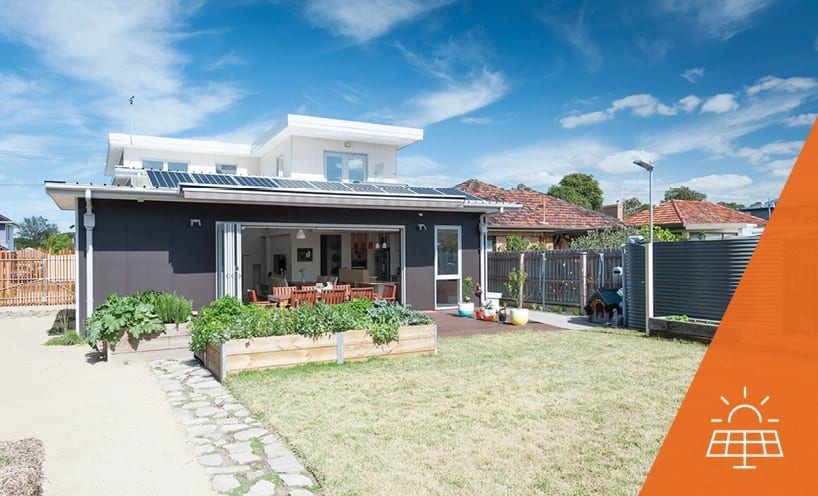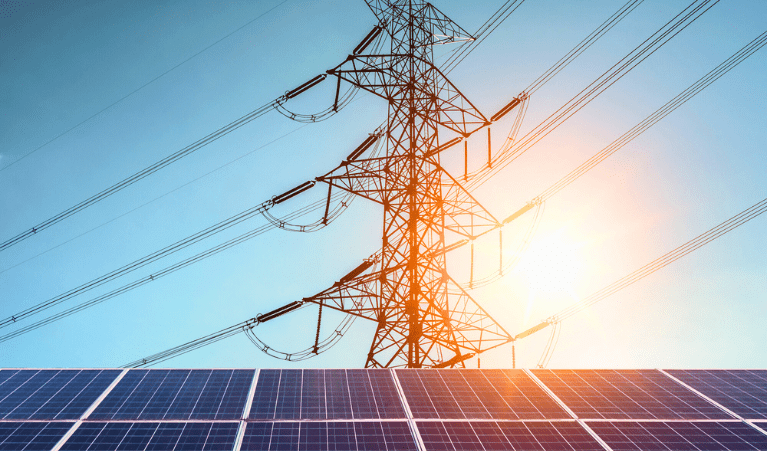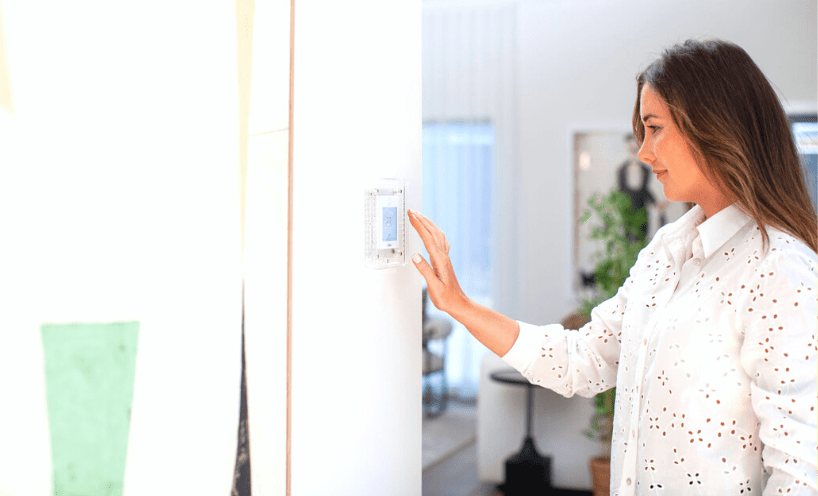In November 2009, Victoria set up the premium feed-in tariff (PFiT) scheme where households are paid 60 cents for every excess kilowatt hour of energy fed back into the state electricity grid. This was introduced as an incentive to install solar systems and was scheduled to run for 15 years.
This scheme will end in November 2024.
The PFiT scheme is different from the solar feed-in tariff where the rate is set up annually by the Victoria’s independent regulator, the Essential Services Commission (ESC). Households receiving a solar feed-in tariff you will not be impacted by the changes to the PFiT scheme.
If you are an early adopter benefiting from this scheme, or you know someone who is, now is a good time to explore new opportunities for you to bring down your energy costs after it ends.
Incentives for early adopters
In October 2023, Solar Victoria expanded its eligibility criteria for solar panel (PV) rebates to households with systems over ten years old.
If this eligibility change applies to you, a solar panel (PV) rebate can bring down the cost of replacing your solar panels or expanding the number of solar panels you currently have. For households currently receiving the PFiT, adding solar panels to your system makes you ineligible for the scheme, so this could be something to consider when it ends in November 2024.
You should also research new solar systems and how they can support your energy needs. Solar technology has improved rapidly since 2009, and upgrading to a new, more efficient system could ensure that you won’t be hit with higher energy bills after the PFiT scheme ends.
New systems will:
- be in-line with the latest technology
- be better matched to your current energy needs
- come with updated warranties
- be designed to accommodate future energy needs such as being “battery ready” or able to accommodate other products such as electric vehicles or induction stovetops which you may want to purchase later.
Keep making smart choices
Upgrading your solar system can also put you in even more in control of your energy use. Households with existing systems over ten years old may also be eligible for a hot water rebate and solar battery loan through Solar Victoria.
Customers who have installed solar panels under the Solar Homes program and maximise the use of the electricity generated by their solar system can save more than $1,000 each year, and those with a battery can save around $1,400.

How to get the most out of solar
Learning a few basics about how to understand your system’s generation, tariffs and time of energy use will give you the information you need to lower your bills.
If you are receiving the PFiT, you understand that being in front of new, energy saving technology is a smart decision. Making your home all-electric can reduce your energy bills by around $1,000 per year– or up to $2,200 if you also have solar installed.
Victorian Energy upgrades offer rebates or discounts on equipment and appliances that help save energy and reduce greenhouse gas emissions. Visit Victorian Energy upgrades to see how you can take advantage.
How to get started
Our Solar Hub has a lot of useful information from what to ask a retailer to how to electrify your whole home which can bring you up to date on our incentives and energy-efficient technology.
When you’re confident you have the knowledge you need, contact one of our authorised solar retailers. Seeking multiple quotes from authorised solar retailers is great way to make sure you select the right solar system for your needs.
It’s a great time to start thinking about upgrading your system. Read about our eligibility criteria and how to apply and our Buyers Guides for more information.
Victorian Energy Compare (VEC) also helps Victorians find and compare energy offers, including feed-in tariffs. This is the only free and independent online energy price comparison service available to Victorian energy consumers. If you plan to shop around, it is important that you do not focus solely on the feed-in tariff rates when deciding on an electricity plan, but also consider the retail electricity tariff components too.
Some plans offering higher feed-in tariff rates may have less competitive prices for the electricity consumed from the grid. For more information visit: compare.energy.vic.gov.au/.
Updated




